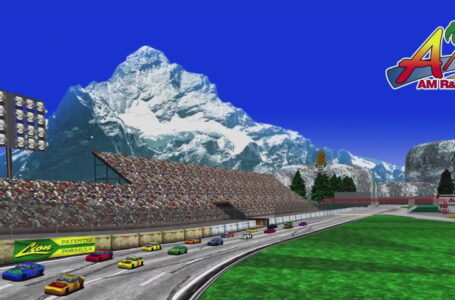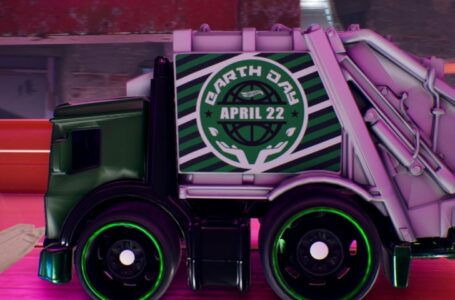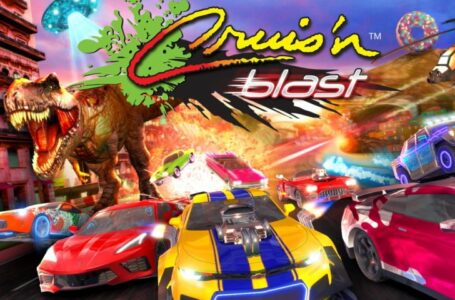Have you played… Blur?
Recent talk over the neon-soaked arcade racing of Inertial Drift and its new Twilight Rivals edition got me thinking back to 2010, and the last great hurrah of mainstream arcade racers: the double-whammy of Blur, developed by Bizarre Creations and published by Activision, and Split/Second, developed by Black Rock Studios and published by Disney, of all people.
Both of these games are absolutely amazing and still well worth playing today if you get the opportunity, but the colourful neon vibes of Inertial Drift have had me thinking about Blur in particular, and so I thought it was high time we gave this regrettably underappreciated classic some love and attention.
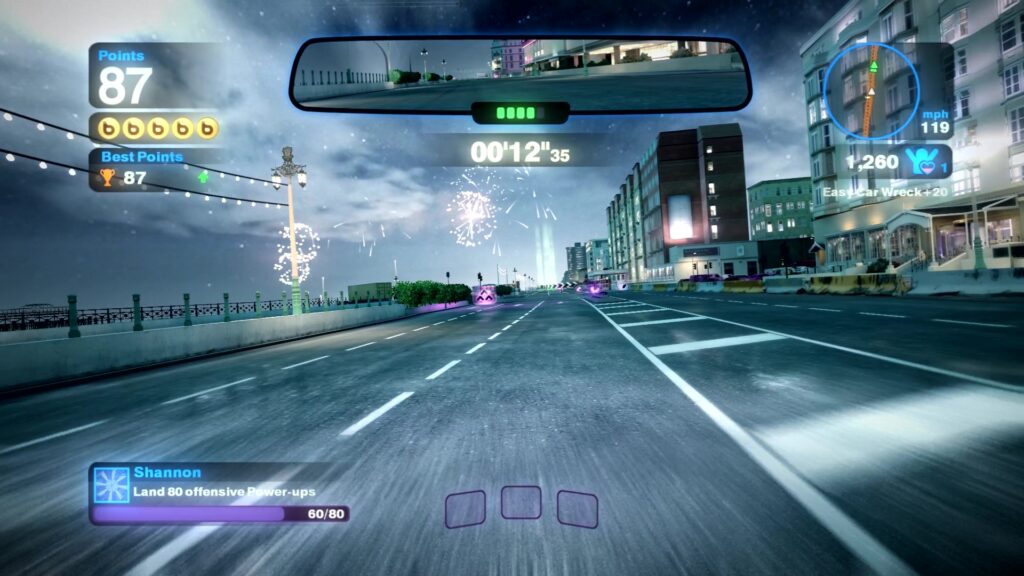
In some respects, Blur can be looked upon as a spiritual successor to Bizarre Creations’ Metropolis Street Racer and Project Gotham series, in that it incorporates real cars and real-world locales, blending them with exaggerated, accessible arcade-style handling. But there’s a key difference in Blur: the idea of “powered-up racing”. Described by many — including Activision’s marketing department — as Mario Kart with real cars, Blur essentially combines arcade-style racing in realistic cars with ridiculous, exaggerated, unrealistic weaponry. And it’s an absolute joy.
There are 30 tracks in Blur, covering 14 different locations. These include various areas of Barcelona in Spain, Brighton and Hackney from the UK, Los Angeles, New York and San Francisco from the US and Tokyo, Japan. The courses include city streets, offroad tracks, racecourses and some that mix various different types together. In keeping with Bizarre Creations’ previous work, they’re all rendered with a loving amount of detail, and still look great even 12 years after the game’s original release.
To go with the varied tracks, Blur also provides a variety of different fully licensed cars to make use of. These run the gamut from grippy hatchbacks to drifty tuner cars via hulking offroad vehicles, and each handles very distinctively. Most cars can be tamed to use on most tracks, but you’ll likely find that certain types of car tend to be a better fit for certain courses than others.
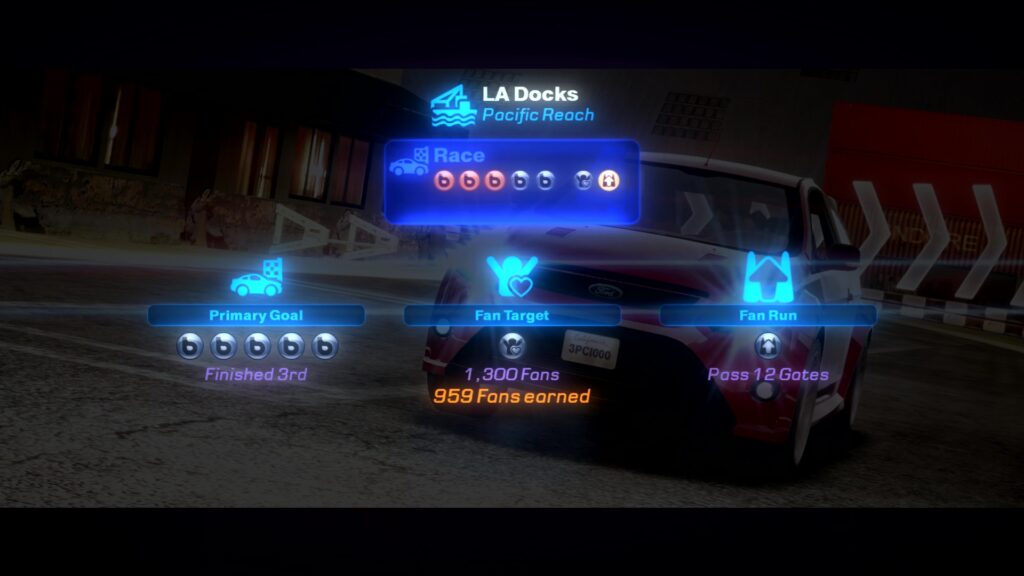
One of the most interesting things about Blur is how progression works. Coming out in the wake of 2009’s Call of Duty: Modern Warfare 2, which popularised the idea of players getting experience points for pretty much anything, Blur attempted to apply this template to the racing game genre — with a decent degree of success. Building on the Project Gotham series’ Kudos system, Blur rewards you for fancy driving and dominating the race, but also for completing specific challenges along the way.
In the single-player mode, your “experience points” come in the form of Fans, which are awarded for doing anything vaguely noteworthy and, like the Project Gotham kudos system, are subject to significant combo bonuses if you can chain multiple cool things together. Besides doing things like drifting around corners, running clean laps and staying out in front, you also get points for hitting opponents with powerups, successfully avoiding or countering opponents’ attacks, and also completing a unique “Fan Run” challenge on each course.
The Fan Run is an optional objective that can be triggered by collecting a particular icon during a race. Once nabbed, a countdown will begin and a bunch of archways will appear on the course ahead of you. Your job is to pass through all these gates before the countdown expires, at which point you’ll get a substantial Fans bonus as well as one of the “lights” that are key to overall progression through the game.
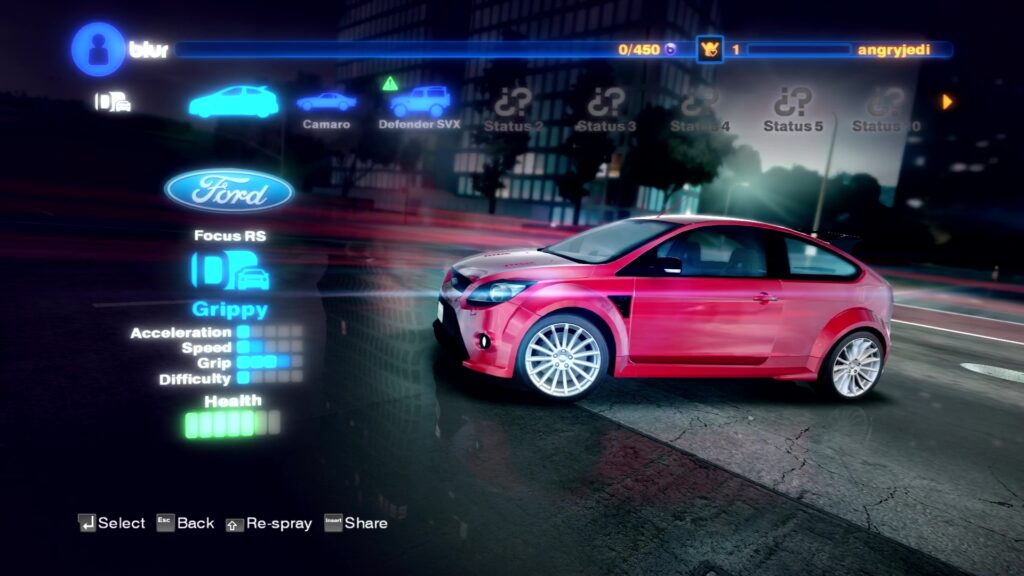
Yes, there are essentially two main progression “currencies” in Blur; Fans are primarily used to unlock new vehicles whenever you reach a new milestone, whereas Lights are more important to overall progression, unlocking both new stages and “mods” that adjust the way various powerups work.
Up to five Lights are available for completing an event in first place, with an additional Light on offer for meeting a particular Fan target, and another still for successfully completing the Fan Run. Pleasingly, not all of these Lights need to be obtained in a single attempt at an event; you can concentrate on winning a race first, for example, then take on the Fan Run or Fan target later.
The powerups are, of course, a major feature of the game, and many are direct parallels of items in Mario Kart. The Shunt, for example, is Blur’s red shell equivalent, homing in on enemies in front of or behind you. Mines are Blur’s banana peel, and like in Mario Kart can be dropped behind or thrown out ahead. The unguided Bolts are the equivalent of getting three green shells in Mario Kart, since they can be fired off rapidly either to the front or the rear. And the Nitro is, of course, the analogue to the mushroom.
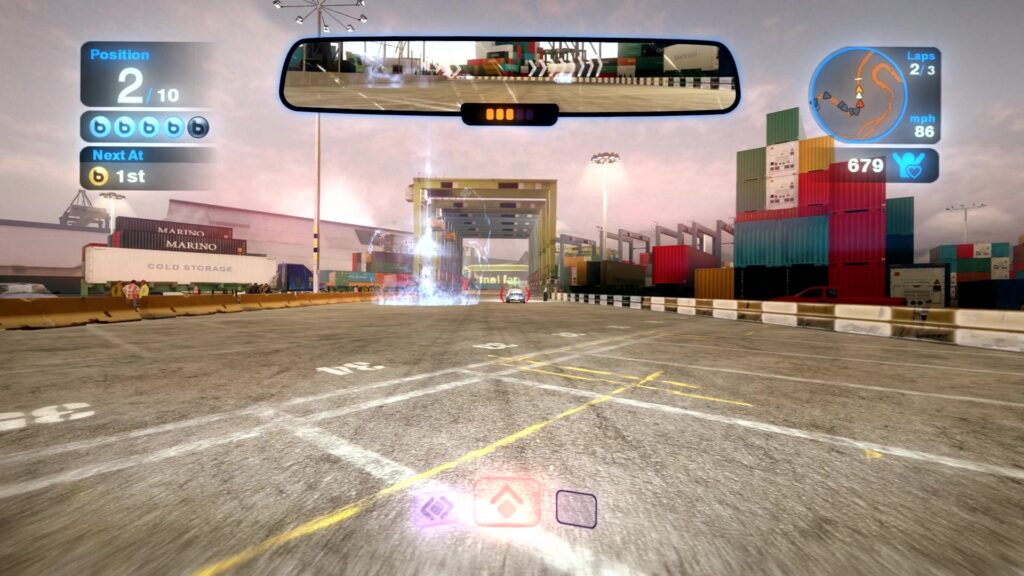
There are a few distinctive offerings too, though. Shock, for example, replaces Mario Kart’s controversial blue shell, and is a rather more balanced affair. Rather than simply being an unavoidable projectile, Shock instead fires out three large domes of lightning onto the track a short distance ahead of the race leader. These can be avoided with nimble steering, but still provide the potential to level the playing field if used tactically.
Likewise, the Barge and Shield powerups can be used to block powerups; the former can also be used to provide a short-range “melee” attack on nearby opponents who are getting in your way, while the latter also cushions the impact of collisions as well as protecting you from one powerup hit.
On the whole, Blur’s powerups are all very well balanced; it never feels like they’re outright unfair, but they all have the potential to keep races interesting all the way through. It’s rare that you’ll find yourself so far out in front that you don’t have to defend your position — but it’s also rare that you’ll find yourself stuck at the back of the pack with no hope of victory. Things can and will change at a moment’s notice during a Blur race, and that’s one of the things that makes it so much fun.
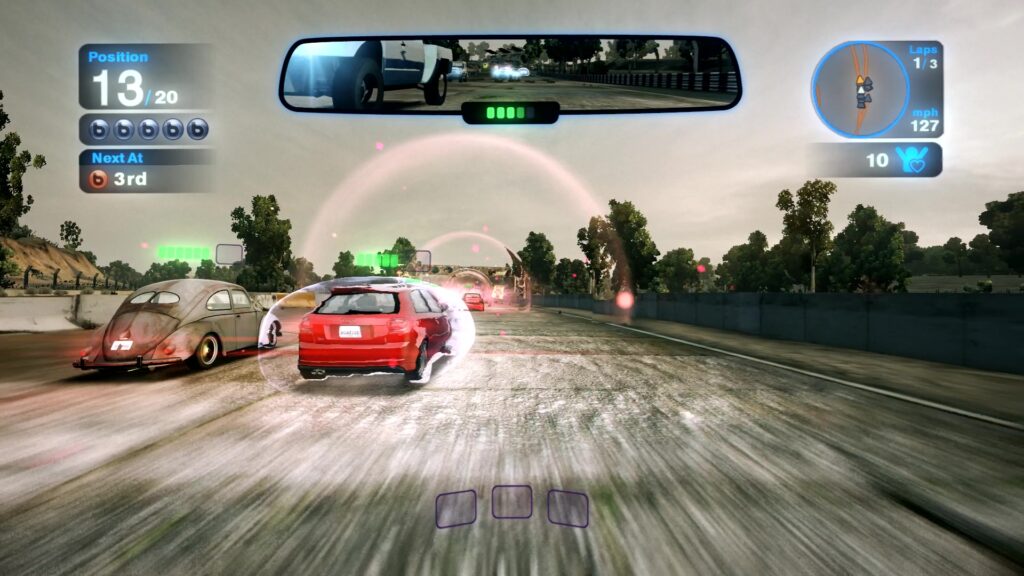
Racing isn’t where it ends, though. There are a number of other event types in the single-player mode, with one of the most enjoyable being Destruction. Here, the only powerups available are the unguided Bolts, and your task is simply to destroy as many slow-moving cars on the course as possible before time expires; to make this more enjoyable, many of these cars are set to be weak enough to blow up with a single hit, making for a delightful amount of chaos.
Back on its original release, Blur also had an absolutely outstanding multiplayer mode, where the Call of Duty influences were even more apparent. You have a separate progression level in multiplayer mode, and as you play you unlock perks that modify the way your car and powerups work in various ways — though they’re never really outright “better” than the basic specifications, just different.
Multiplayer Blur offered races, of course, but also, rather joyfully, incorporated an equivalent of Mario Kart’s battle mode. Driving around a construction site on top of a building with real-life cars firing neon-coloured weapons at one another is one of my fondest ever online gaming memories — and while the game’s multiplayer and online features do actually appear to actually still work, you will, unfortunately, be lucky to find any random opponents on any platform these days.
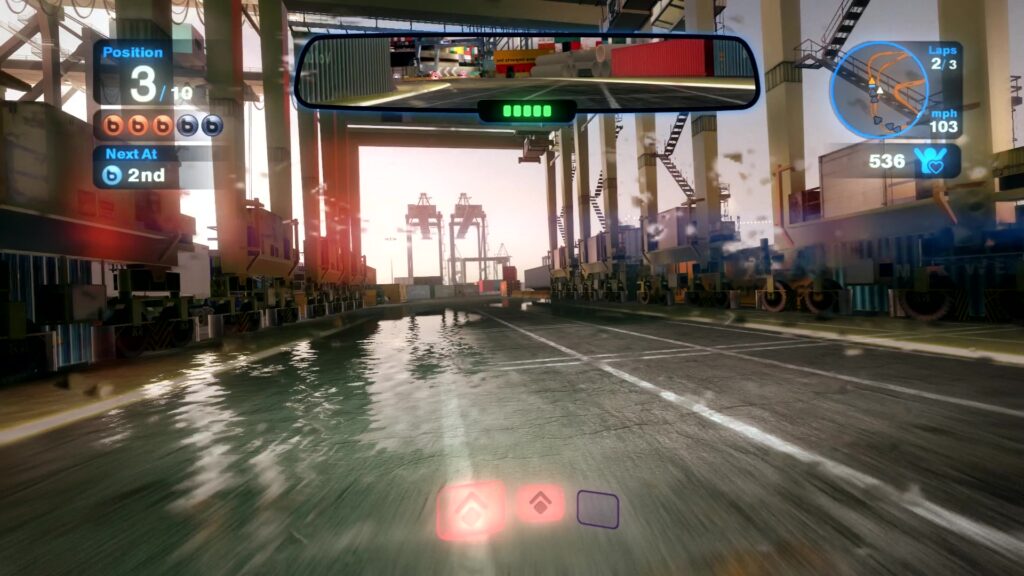
Despite a widespread positive reception from press and public alike on its original release, Blur sold so poorly in Activision’s eyes that the publisher ended up shuttering Bizarre Creations and nixing a potential sequel. Alongside the parallel poor performance of Split/Second for Disney, that was pretty much it for the arcade racing genre in the mainstream; even with Call of Duty-esque features incorporated, it seemed like people just didn’t want that sort of game any more, if sales figures (and marketing targets) were to be believed.
Of course, there are still similar experiences being put out today, with probably the most notable high-profile one being the Forza Horizon series — though the feel of open-world racers like that will always be notably different from the more structured gameplay of classics like Blur. Likewise, the indie sphere has also been exploring the arcade racer genre for a while now — though most tend to focus a little more on its “vanishing point” heyday in the 16-bit era rather than provide experiences similar to Blur. In other words, there really is nothing quite like Blur out there in 2022.
The sad thing about Blur is that it probably won’t ever get a rerelease or remaster, either — since the vast number of licensed cars and music tracks in the game likely precludes it from ever seeing the light of day again, whether through an official rerelease or the laughable “backwards compatibility” on modern Xbox systems. You can’t even buy the excellent PC version on Steam any more, so presumably those licenses expired and were simply not renewed — though if you were fortunate enough to nab a Steam copy back when it was available, it still works perfectly fine.
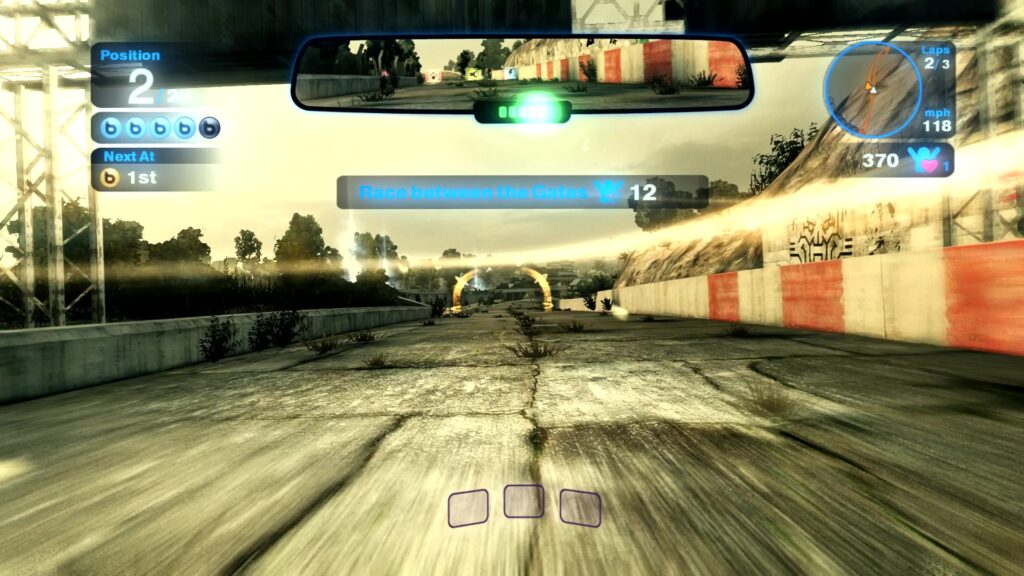
If you do get the opportunity to play Blur, though — perhaps you’ve held on to your Xbox 360 or PS3 and can nab a cheap second-hand copy, or maybe you were lucky enough to track down a PC version — then I strongly urge you to take it. Despite being 12 years old, it’s still as fresh as the day it released — and it deserved better. So much better.
Join The Discussion
Rice Digital Discord
Rice Digital Twitter
Rice Digital Facebook
Or write us a letter for the Rice Digital Friday Letters Page by clicking here!
Disclosure: Some links in this article may be affiliate links, which means we may earn a small commission if you make a purchase after clicking on them. This is at no additional cost to you and helps support Rice Digital!
- Letter from the Editor: passing the torch - June 30, 2023
- Super Woden GP 2 is looking promising - June 30, 2023
- Inti Creates is making a 32 bit-style Love Live action platformer - June 26, 2023




